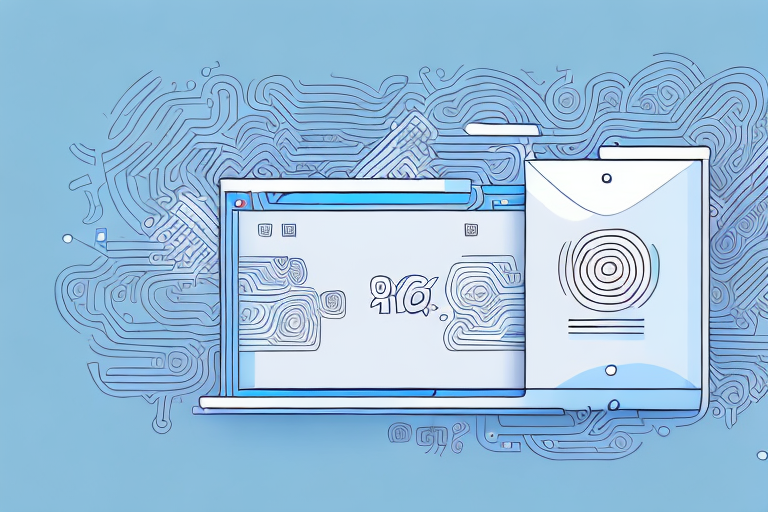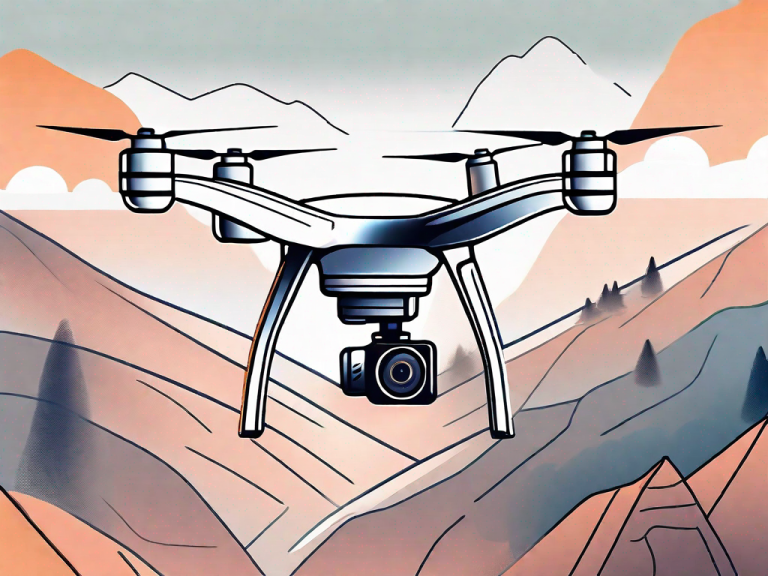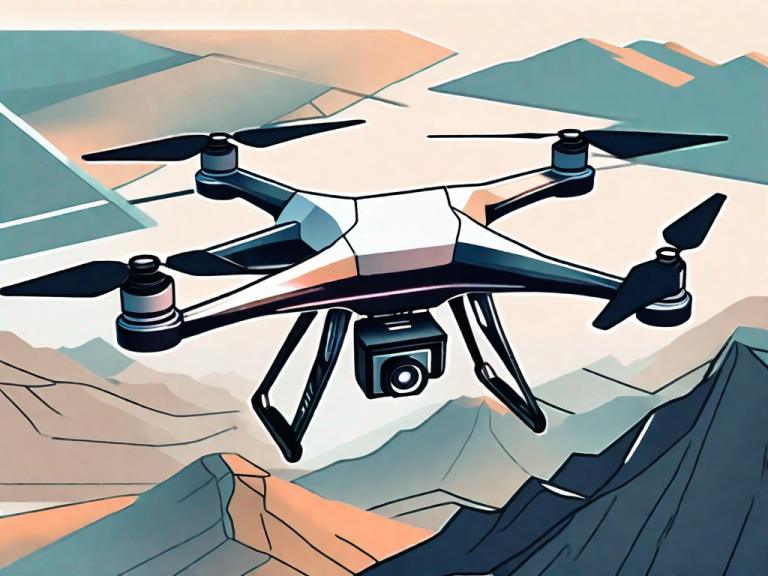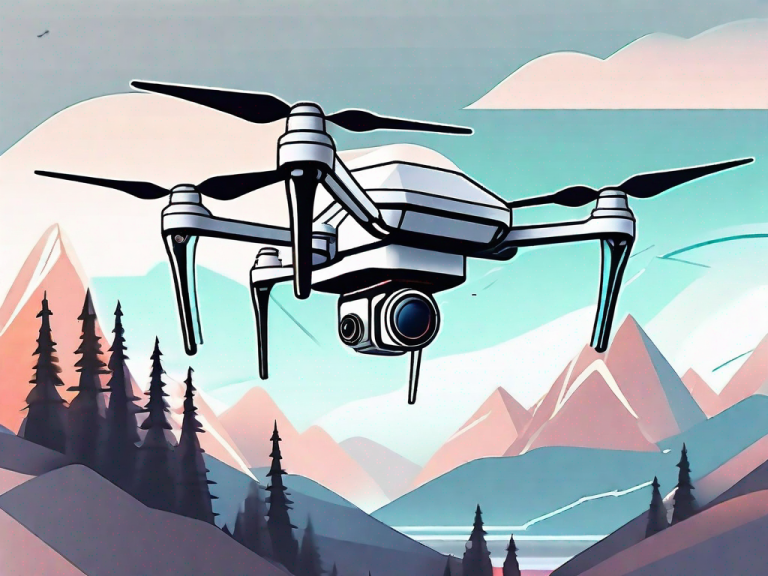In today’s digital age, where smartphones and cameras come equipped with high-resolution sensors and advanced megapixel capabilities, photography has become more accessible and prevalent than ever before. Whether you’re a professional photographer, a hobbyist, or simply someone who loves capturing moments, one question that often arises is: how many photos can a 128GB device hold? Understanding the storage capacity of such a device is crucial in ensuring that you can store and protect your precious memories without constantly worrying about running out of space.
Understanding the Storage Capacity of a 128GB Device
Before we delve into the specifics, let’s first understand what a 128GB device truly means in terms of storage capacity. GB, which stands for gigabyte, is a unit of digital information storage. It represents a substantial amount of data that can be accommodated within a device. In the case of a 128GB device, it indicates that there are 128 gigabytes of available storage space for a multitude of files, including photos, videos, apps, and more.
To put the storage capacity of a 128GB device into perspective, let’s consider some examples. A typical high-resolution photo taken with a modern smartphone can range from 3 to 5 megabytes in size. With 128GB of storage, you could store approximately 25,600 to 42,666 photos without running out of space.
In terms of video storage, a one-minute video recorded in 1080p resolution can take up around 100 megabytes of space. With a 128GB device, you could store approximately 1,280 minutes or 21 hours of such videos. This allows for a significant amount of video content to be saved and enjoyed on the go.
How Many Photos Can a 128GB Hold?
While the storage capacity of a 128GB device is impressive, the exact number of photos it can hold depends on several factors. These factors include the file size of the photos, the resolution at which they are captured, and the level of compression applied to the images. To give you a general idea, let’s break it down based on common scenarios:
For high-resolution photos taken with a professional DSLR camera, the file size can range from 20 to 40 megabytes per photo. In this case, a 128GB device can hold approximately 3,200 to 6,400 photos. However, if you are capturing photos with a smartphone or a point-and-shoot camera, the file size is usually smaller, ranging from 2 to 5 megabytes per photo. With this file size, a 128GB device can store around 25,600 to 64,000 photos. Keep in mind that these numbers are estimates and can vary depending on the specific camera settings and image content.
Calculating the Number of Photos a 128GB Can Store
When it comes to estimating the number of photos a 128GB device can hold, we need to consider the average file size of photos. A standard photo captured on a modern smartphone or camera typically ranges between 3MB to 8MB, depending on various factors such as image quality, resolution, and compression. Let’s assume an average file size of 5MB per photo, which is a reasonable estimate for most scenarios.
Given that there are 1,024 megabytes (MB) in a gigabyte (GB), we can calculate the approximate number of photos a 128GB device can hold. By dividing the total storage capacity (128GB) by the average file size (5MB), we find that it can accommodate around 25,600 photos.
It’s important to note that the actual number of photos a 128GB device can store may vary depending on other factors such as the operating system and pre-installed apps, which may take up some of the storage space. Additionally, if the device uses any form of data compression or file system overhead, it can further reduce the available storage capacity.
Furthermore, it’s worth considering that the number of photos a device can hold may also depend on the user’s photo-taking habits. If the user frequently captures high-resolution or RAW format photos, which tend to have larger file sizes, the actual number of photos that can be stored may be lower than the estimated figure.
Maximizing Photo Storage on a 128GB Device
If you find yourself needing to store a significant number of photos on your 128GB device, there are several strategies you can employ to optimize storage utilization:
1. Utilize cloud storage: Cloud services such as Google Photos, iCloud, or Dropbox can act as an extension to your device’s storage. By uploading your photos to the cloud, you can free up space on your device while still having easy access to your entire photo library.
2. Remove unnecessary duplicates: Over time, it’s common to accumulate duplicate photos. Take the time to declutter your library by identifying and removing any duplicate images, ensuring that you’re only storing the photos you truly need.
3. Clear out temporary files: Apps, especially those related to photography, often generate temporary files that can consume valuable storage space. Regularly clearing out these temporary files can help reclaim a significant amount of space.
4. Compress your photos: Another way to maximize photo storage on your 128GB device is by compressing your photos. There are various image compression tools available that can reduce the file size of your photos without significantly affecting their quality. By compressing your photos, you can save a considerable amount of storage space while still retaining the visual integrity of your images.
Factors that Affect the Number of Photos a 128GB Can Hold
While we’ve established an approximate number of photos a 128GB device can store, it’s important to remember that this number may vary due to various factors:
1. File formats: Different file formats, such as JPEG, RAW, or HEIF, have varying levels of compression and, thus, different file sizes. RAW files, for example, offer higher quality but occupy more space compared to JPEG files.
2. Megapixels: Megapixels refer to the resolution of an image and directly affect the file size. Higher resolution images with more significant megapixel counts will result in larger file sizes.
3. Other media files: It’s important to consider that a 128GB device encompasses storage for various media files, such as videos, music, and apps. These files also contribute to the overall storage usage, which may impact the number of photos the device can hold.
4. Compression settings: The level of compression applied to image files can significantly impact their file size. Higher compression ratios result in smaller file sizes but may compromise image quality.
5. Editing and post-processing: If you frequently edit and enhance your photos using software or apps, the resulting edited versions may have larger file sizes compared to the original images.
Choosing the Right Image Resolution for Efficient Storage on a 128GB Device
One way to balance the quantity and quality of photos on your device is to consider adjusting the image resolution. Most modern smartphones and cameras offer the flexibility to capture photos at different resolutions. By opting for a slightly lower resolution, you can reduce the file sizes while still maintaining satisfactory image quality. Experimenting and finding the right balance that suits your needs can help maximize the number of photos you can store on your 128GB device.
Another factor to consider when choosing the right image resolution is the intended use of the photos. If you primarily use your device to share photos on social media or view them on a computer screen, a lower resolution may be sufficient. However, if you plan on printing your photos or displaying them on a high-resolution device, you may want to opt for a higher resolution to ensure optimal image quality. It’s important to assess your specific needs and preferences to make an informed decision about the image resolution that will work best for you.
Tips for Managing and Organizing Photos on a 128GB Device
Efficiently managing and organizing your photos can not only improve your workflow but also free up valuable storage space on your 128GB device. Here are a few tips to consider:
1. Use folders or albums: Creating folders or albums based on specific events, locations, or themes can help you easily locate and manage your photos.
2. Delete unwanted photos: Regularly assess your photo library and delete any unwanted or blurry photos. This practice will not only declutter your storage but also make it easier to find and cherish your favorite images.
3. Backup your photos: Whether it’s through cloud services or external storage devices, backing up your photos ensures that you have an extra layer of protection and frees up space on your device.
4. Utilize photo editing tools: Take advantage of photo editing tools available on your device or through third-party apps. These tools can help enhance the quality of your photos, crop or resize them, and add filters or effects.
5. Sort photos by date or location: Organize your photos by sorting them based on the date they were taken or the location where they were captured. This can make it easier to find specific photos and create a chronological or geographical narrative.
Exploring Other Media Files that Contribute to Storage Usage on a 128GB Device
While the focus of this article is on photos, it’s worth acknowledging that other media files, such as videos, music, and apps, also occupy storage space on your 128GB device. Consider periodically reviewing and managing these files as well, making informed decisions about what you truly need and what can be removed to free up space for new photos.
When it comes to videos, they can take up a significant amount of storage space on your device. High-definition videos, in particular, can be quite large in size. If you frequently record or download videos, it’s important to regularly assess which ones you want to keep and which ones you can delete to free up storage.
In addition to videos, music files can also contribute to storage usage. If you have a large music library, it’s worth considering whether you need to have all your songs stored on your device. Streaming music services are a popular alternative that allows you to access a vast library of songs without taking up precious storage space.
Balancing Photo Quality and Quantity on a 128GB Device
When it comes to photography, finding the right balance between quality and quantity is subjective. Some photographers prioritize capturing high-resolution images with impeccable detail, while others prefer to capture more moments with slightly lower resolution. Understanding your personal preferences and the purpose behind your photos will help you strike the perfect balance that suits your needs.
One factor to consider when balancing photo quality and quantity is the storage capacity of your device. A 128GB device may seem spacious, but high-resolution images can quickly eat up storage space. If you prioritize quality and plan to capture a large number of high-resolution photos, you may need to regularly transfer or delete files to free up space.
Another aspect to consider is the editing process. Higher quality images often provide more flexibility when it comes to post-processing and editing. If you enjoy enhancing your photos or plan to print them in large formats, capturing higher quality images can give you more room to work with and achieve the desired results.
Implications of File Formats on Photo Storage Capacity in a 128GB Device
As previously mentioned, the choice of file format has a direct impact on the storage capacity of your 128GB device. For instance, if you predominantly shoot in RAW format, which offers exceptional image quality and flexibility during post-production, you will inherently consume more space compared to shooting in JPEG format. Be mindful of the file formats you choose and consider their implications on the overall storage capacity of your device.
Another factor to consider when it comes to file formats and photo storage capacity is the compression level. Some file formats, such as JPEG, allow for different levels of compression. Higher compression levels result in smaller file sizes but may also lead to a loss of image quality. On the other hand, formats like TIFF or PNG offer lossless compression, preserving the original image quality but resulting in larger file sizes. It’s important to strike a balance between file size and image quality based on your specific needs and preferences.
In addition to file formats and compression levels, it’s worth noting that certain devices and software may have limitations on the types of file formats they can support. For example, some older cameras or photo editing software may not be compatible with newer file formats like HEIF or HEIC. It’s important to check the specifications of your device and software to ensure compatibility and avoid any potential issues with file format compatibility and storage capacity.
Comparing Photo Storage Capabilities: Is 128GB Enough?
While a 128GB device may seem like a significant amount of storage space, it’s essential to consider your specific needs and usage patterns. If you are an avid photographer who frequently captures and stores high-resolution images or shoots a lot of videos, you may find yourself filling up 128GB quite quickly. On the other hand, if you mainly use your device for casual photography and have efficient management practices, it could be more than sufficient.
Ultimately, the decision to choose a 128GB device or invest in additional storage options hinges on your usage, preferences, and budget.
Understanding the Relationship between Megapixels and Photo Storage on a 128GB Device
Megapixels play a crucial role in determining the image quality and file size of a photo. As mentioned earlier, higher megapixel counts result in larger file sizes. Therefore, it’s important to strike a balance between capturing images with the desired level of detail and managing storage constraints on your 128GB device. Consider your specific needs and the purpose of your photos to make informed decisions about the megapixel settings, ensuring that you optimize both image quality and storage capacity.
Strategies for Freeing Up Space on a Full or Nearly Full 128GB Device
If you find yourself running out of storage space on your full or nearly full 128GB device, don’t panic. There are several strategies you can employ to free up space and keep your device running smoothly:
1. Delete unnecessary apps: Assess your installed apps and remove any that you no longer use or need.
2. Offload photos and videos: Consider uploading your photos and videos to cloud storage or transferring them to a computer or external hard drive to create more room on your device.
3. Clear app caches: Some apps accumulate cache files over time, occupying valuable storage space. Clearing these cache files can help free up a significant amount of storage.
Utilizing Cloud Services to Expand Photo Storage Options with a 128GB Device
If you find yourself reaching the limits of your 128GB device, cloud services can provide an excellent solution to expand your photo storage options. By storing your photos securely on the cloud, you can access them from any device with an internet connection, freeing up space on your 128GB device for new memories. Popular cloud storage options include Google Photos, iCloud, Dropbox, and many others. Explore these services to determine which one aligns best with your needs and preferences.
In conclusion, a 128GB device offers substantial storage capacity for photos and various other media files. By understanding the factors that affect storage utilization, implementing efficient management practices, and making informed decisions about file formats and resolution, you can maximize the number of photos you can store on your 128GB device. Remember, striking a balance between quality and quantity is key to ensuring that you can capture, store, and cherish your valuable memories without constantly worrying about storage space limitations.
Thank you for taking the time to explore the fascinating world of photo storage capacity on a 128GB device. We hope this article has provided you with valuable insights and practical tips to make the most of your device’s storage capabilities. Happy capturing!









